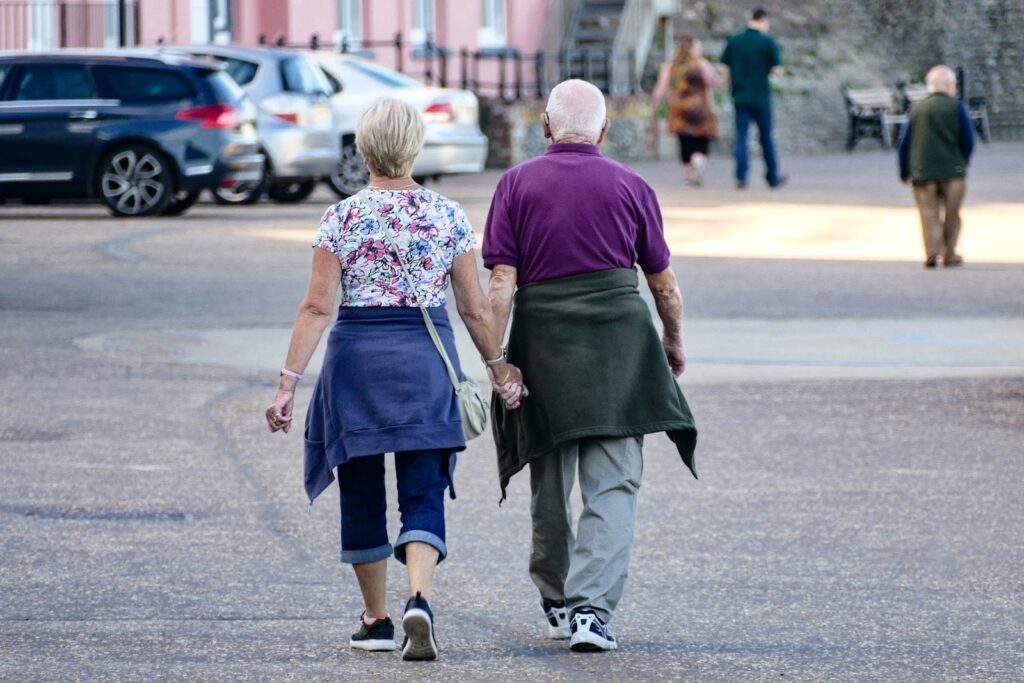Q: What is the difference between Type 1 and Type 2 Diabetes?
A: Type 1 diabetes was previously called insulin-dependent diabetes mellitus (IDDM) or juvenile-onset diabetes. Type 1 diabetes develops when the body’s immune system destroys pancreatic beta cells, the only cells in the body that make the hormone insulin that regulates blood glucose.
To survive, people with type 1 diabetes must have insulin delivered by injection or a pump. This form of diabetes usually strikes children and young adults, although disease onset can occur at any age.
To survive, people with type 1 diabetes must have insulin

Type 1 diabetes accounts for about 5% of all diagnosed cases of diabetes. Risk factors for type 1 diabetes may be autoimmune, genetic, or environmental. There is no known way to prevent type 1 diabetes. Several clinical trials of methods to prevent type 1 diabetes are currently in progress or are being planned.
Type 2 diabetes was previously called non-insulin-dependent diabetes mellitus (NIDDM) or adult-onset diabetes. Type 2 diabetes accounts for about 90% to 95% of all diagnosed cases of diabetes. It usually begins as insulin resistance, a disorder in which the cells do not use insulin properly. As the need for insulin rises, the pancreas gradually loses its ability to produce it.
Type 2 diabetes is associated with older age, obesity, family history of diabetes, history of gestational diabetes, impaired glucose metabolism, physical inactivity, and race/ethnicity. African Americans, Hispanic/Latino Americans, American Indians, and some Asian Americans and Native Hawaiians or other Pacific Islanders are at particularly high risk for type 2 diabetes and its complications.
Type 2 diabetes is associated with older age, obesity, family history of diabetes
Type 2 diabetes in children below the age of 10 years is extremely rare. In youth aged 10–19 years, it becomes more common, particularly in American Indians, African Americans, and Hispanic/Latino Americans.



Board-Certified Endocrinologist & Diabetologist

